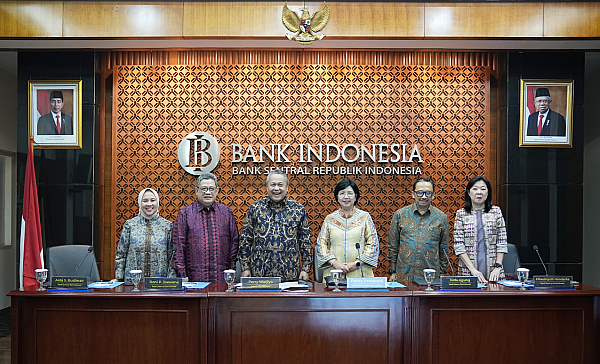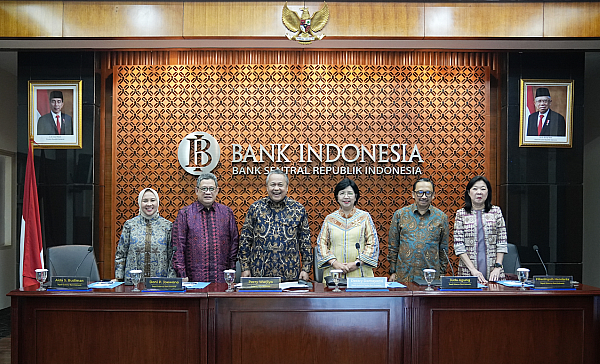Expensive Funds, BTN Relaxes Credit Distribution

Bank Tabungan Negara (BTN) plans to slow down its lending growth this year in anticipation of the impact from the global geopolitical conditions that are driving up funding costs. In the first quarter of 2024, BTN recorded lending and financing of Rp344.2 trillion, a 14.8% increase compared to the same period last year at Rp299.7 trillion.
Housing loans and financing accounted for 85% of the total lending and financing, reaching Rp292.7 trillion, up 10.7% from Rp264.5 trillion a year earlier. Subsidized mortgages remained the largest segment, growing 12.3% to Rp167 trillion from Rp148.6 trillion. Non-subsidized mortgages increased 11.2% to Rp98.8 trillion from Rp88.8 trillion.
However, with liquidity in the market becoming more expensive, BTN plans to temper its robust lending growth. "When funding is costly, we shouldn't aggressively expand lending. So, we want to limit loan growth to 10-11%, similar to last year, down from the original target of 13-14%," said Nixon LP Napitupulu, while presenting BTN's Q1 2024 financial results in Jakarta on April 25, 2024. He attributed the high liquidity costs to the global geopolitical situation.
"The issues are all external, and we are feeling the impact," Nixon said. He explained that when liquidity is expensive, it is less rational to aggressively mobilize more funds from the market to drive lending growth. In other words, this year's lending will rely more on the funds BTN has already raised. "The key is to not breach the liquidity ratio," he added.
BTN's liquidity position has started to tighten in Q1 2024, with the Loan to Deposit Ratio (LDR) reaching 96.2% compared to 93.8% in the same period last year. Its low-cost deposit ratio, or Current Account Saving Account (CASA) ratio, also declined from 52.2% to 49.9% over the same period.
A day earlier, in response to the geopolitical conditions that have triggered capital flight and rupiah depreciation, Bank Indonesia (BI) had raised its benchmark BI rate by 25 basis points to 6.25%. This hike in the benchmark rate will almost certainly lead to an increase in funding costs, such as deposit rates and others, which are already relatively high.
As for lending rates, their increase will depend on the policies and performance of each bank, as it can impact their loan performance or collectability. "We haven't discussed raising lending rates yet, as increasing mortgage rates is not an easy task. Sometimes it's better for the bank to lose a bit of margin (profit) rather than see its non-performing loans rise (due to the rate hike)," Nixon explained.






